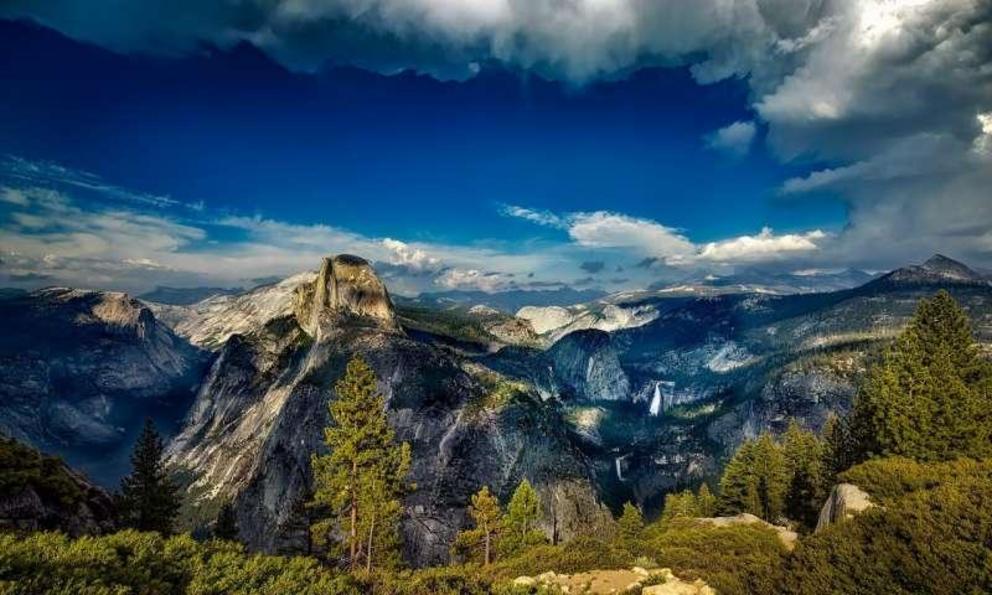Drought, groundwater loss sinks California land at alarming rate
The San Joaquin Valley in central California, like many other regions in the western United States, faces drought and ongoing groundwater extraction, happening faster than it can be replenished. And the land is sinking as a result—by up to a half-meter annually according to a new Cornell University study in Science Advances.
Despite much higher-than-normal amounts of rain in early 2017, the large agricultural and metropolitan communities that rely on groundwater in central California experienced only a short respite from an ongoing drought. When the rain stopped, drought conditions returned and the ground has continued to sink, according to researchers.
"With the heavy storms in early 2017, Californians were hopeful that the drought was over," said Kyle Murray, a Cornell doctoral candidate in the field of geophysics. "There was a pause in land subsidence over a large area, and even uplift of the land in some areas. But by early summer the subsidence continued at a similar rate we observed during the drought."
Murray and Rowena Lohman, Cornell associate professor in earth and atmospheric sciences, examined satellite imagery of the San Joaquin Valley. In the farming region of the Tulare Basin in central California, growers have been extracting groundwater for more than a century, said the researchers. Winter rains in the valley and snowmelt from the surrounding mountains replenish the groundwater annually to some extent, but drought has parched the valley since 2011.
Between 1962 and 2011, previous studies had found that the average volume of groundwater depletion each year was at least a half cubic-mile. Using satellite-based measurements between 2012 and 2016, depletion of the Tulare Basin groundwater volume was estimated at 10 miles cubed.
Fresno and Visalia border the Tulare Basin to the north, with Bakersfield to the south. About 250 agricultural products grow there with an estimated value of $17 billion annually, according to the U.S. Geological Survey. The valley holds about 75 percent of the California's irrigated agricultural land and supplies 8 percent of the United States' agricultural output.
As an engineering problem, subsidence damages infrastructure, causes roads to crack and give rise to sinkholes—expensive problems to fix, said Lohman. "One of the places where it really matters in California is the aqueduct system that brings water to the region. They're engineered very carefully to have the correct slope to carry a given amount of water," she said. "Now, one of the major aqueducts in that area is bowed and can't deliver as much water. It's been a huge engineering nightmare."
Groundwater—as an agricultural and municipal resource—is incredibly important to communities in central California and elsewhere. Said Lohman: "The subsidence we see is a sign of how much the groundwater is being depleted. Eventually, the water quality and cost of extracting it could get to the point where it is effectively no longer available."
For full references please use source link below.

